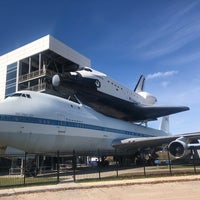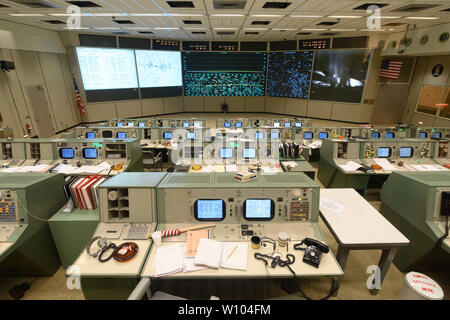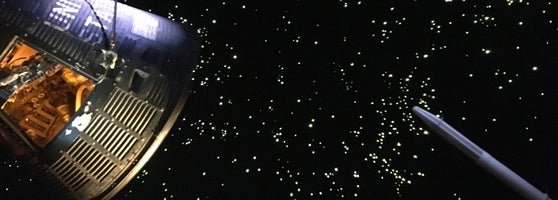

Starting at a community college was the first step in gaining the necessary qualifications to get into the honors club and bring what she learned from Eta Sigma Gamma into her NASA internship.
#Nasa johnson space center clear lake student rentals professional#
As a member, Jessica connected with others where she was able to develop professional relationships and get involved in community outreach. With excellent academic performance, she was able to transfer to Texas State University, where she was accepted into the National Health Education Honorary, Eta Sigma Gamma. Classes are much smaller and provided me with a more engaging learning environment and the opportunity to connect with both teachers and students.” Attending Lone Star was one of the best decisions I made. “Lone Star provided me with the opportunity to complete core curriculum for a fraction of the cost. Jessica got her start at Lone Star Community College.

As a Data Entry intern Jessica updates master spreadsheets to ensure that each institutional imagery file has a metadata description prior to submission. Jessica, a senior studying Public Health with a minor in Psychology, is a Data Entry intern. I could never dream that I would be able to work here.” The first thing my family did after moving to Texas was visiting NASA. Since she was a little girl, Jessica has always been fascinated with space saying, “I love space! There is something mysterious about it. In celebration of Community College month, let’s chat with intern Jessica Bardetsky about her experience attending a community college. In fact, many people in the NASA family (astronauts included!) have taken a non-traditional path to their education. Credit: Jessica BardetskyĪt NASA, our workforce is made up of people who have pursued higher education in countless different fields – but that doesn’t always mean attending a 4-year university right after high school. Once NASA has successfully put people back on the moon, they'll begin working on sending astronauts to Mars.Caption: Jessica Bardetsky holding a logbook as part of her internship project.


"So that going from that maximum pressure bursting into the Earth’s environment is what is going to create that sudden rush, and that is what is going to cause the loud boom, which will sound like a small explosion to people in the vicinity." "Pressure testing is an invaluable part of engineering today across multiple disciplines, but burst testing actually is about taking it to the limit to where the module actually experienced a sudden and catastrophic failure," she said. When the experiment ultimately fails, the boom will be heard about 1500 feet from the testing site. This practice in testing pressure is common in engineering, according to Wicke. So we need to intentionally make it fail here on Earth." When it’s on the surface of the moon, there is no room for error, and failure is not an option. "And the importance of this is that we need to know the maximum pressure that this prototype can withstand. " are going to be inflating it all the way until it bursts," said Rebecca Wicke, a Johnson Space Center spokesperson. The only difference, though, is that there will likely be no momentum leading up to the sound – it will just be a sudden explosion of the habitat module. The boom will maximize volume at about 140 decibels, and will likely sound like a jet taking off. Residents near the JSC should anticipate a loud noise happening about 11 a.m. NASA An aerial view of NASA’s Johnson Space Center in Houston.Ĭlear Lake residents may hear a loud boom come from NASA on Saturday morning - and it’s part of a plan to send astronauts back to the moon by 2024.Įngineers at the Johnson Space Center will be performing a test Saturday with a prototype known as an "inflatable habitat module," attempting to see how far a lunar habitat can withstand pressure before it explodes.


 0 kommentar(er)
0 kommentar(er)
